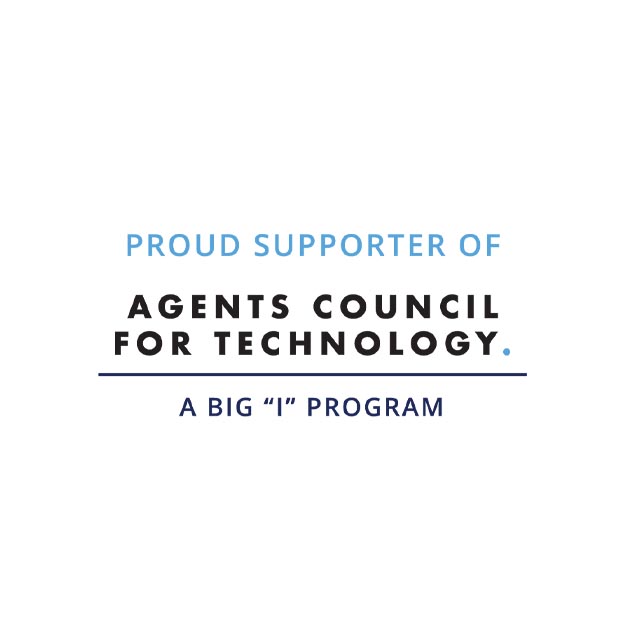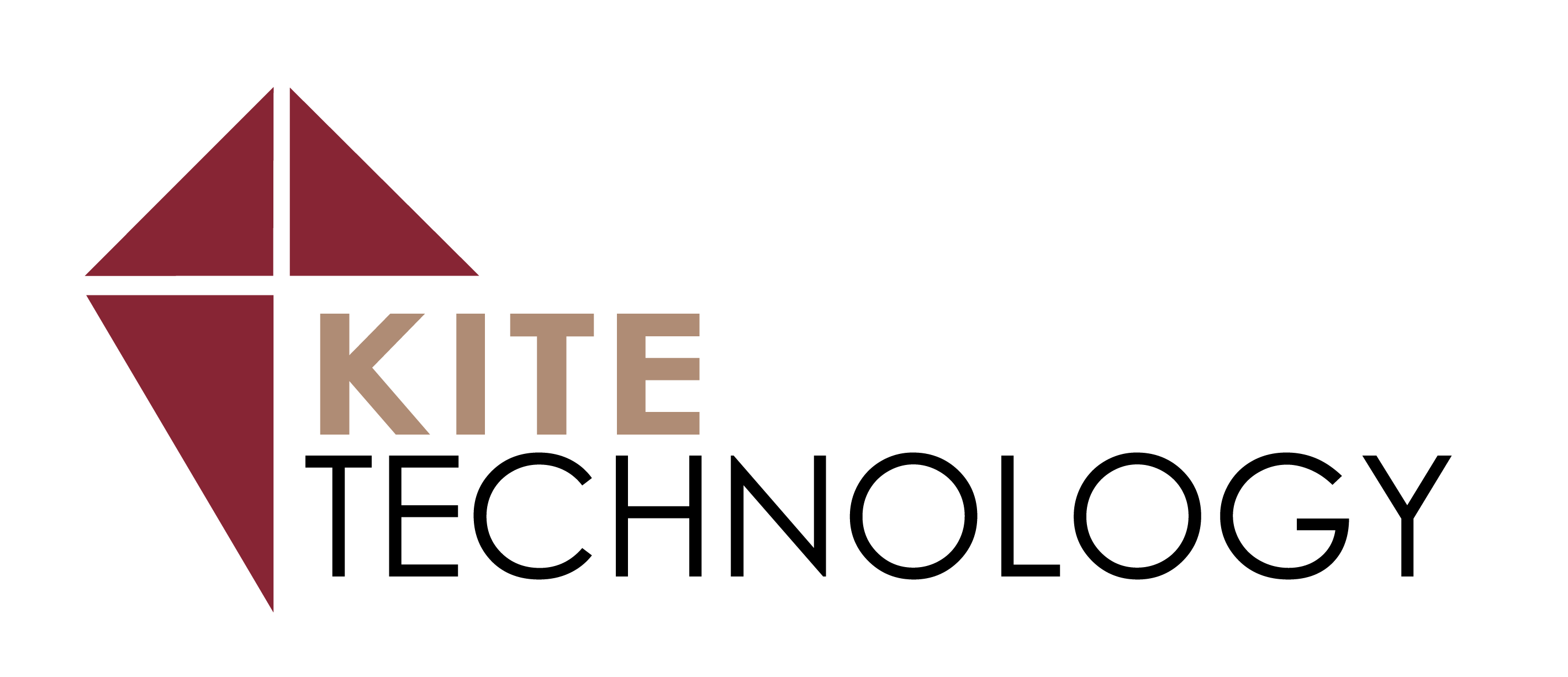Telecommuting Tips and Tools
- March 18, 2024

When asked about telecommuting, the practice of allowing employees to work from home, many agency owners may acknowledge the benefits but will more frequently focus on their reservations. Some of the main concerns expressed are that telecommuting reduces collaboration, challenges our ability to maintain a consistent culture, and makes it difficult for management to oversee the employees and their work products. Historically, for many jobs it was simply impractical to take the work (and the tools to complete it) home with you. But as today’s technology continues to evolve in a way that addresses most of these concerns, many of today’s agencies are quickly adopting the practice of telecommuting and doing so with great results.
Before reviewing some of the technologies that make telecommuting feasible, let’s first admit that the stakes are high. Agencies that can accommodate telecommuting have a huge advantage over those that cannot. These agencies can attract and retain employees with little regard for where they live. They appeal to prospective and current employees who prefer the convenience of working from home. Such agencies can permit employees to be more flexible with work hours, since a commute is unnecessary at the beginning and end of the shift. Agencies accommodating telecommuting can enter new sales territories without the expense and distraction of opening a remote office. They can expand staffing without introducing the cost and inconvenience of adding office space. And finally, they can selectively permit employees to work from home for a variety of reasons such as treacherous driving conditions, the need to accept a home delivery, or the need to stay home with a sick child.
So, what are some of the technologies that your agency can easily utilize for effective and productive telecommuting?
- Document Management– Hopefully this is an afterthought, by now. For agencies that have been paperless for years, they will take for granted that CSRs can obtain and process their work regardless of whether they are in the office. For those that are still pushing a significant amount of paper, this could be a show stopper and render the rest of this list irrelevant.
- Access to Agency Management System– Customer data has become so easy to organize and manage from within Agency Management Systems that agencies now depend on them to do business. Therefore, if an agency expects to adopt telecommuting practices, the Agency Management System must be accessible from anywhere in the world. Most new or updated Agency Management Systems on the market these days offer just that, so agents can effectively manage customer information without being in the agency’s headquarters.
- Modern Phone System– Even office phone systems are becoming more flexible. With voice over IP technology (VoIP), a remote worker can simply use the Internet to connect a telephone at home to the phone system in the office. Furthermore, with technologies such as softphones, with the right app, any smartphone can act as an office phone, performing all the same calling, transferring, and voicemail functions as a standard office phone.
- Web Meeting Applications – Face-to-face meetings have been a popular argument against the concept of remote workers. Now, with applications such as WebEX, Skype, and GoToWebinar, companies are effectively simulating face-to-face meetings over the Internet. If you are looking to do two-way collaboration with a small-to-medium sized group, WebEx and Skype are perfect for meetings. If you are interested in broadcasting to a large audience and require only one-way communication, GoToWebinar is a quality tool for delivering webinars.
- Collaboration Spaces – It is a frequent requirement that co-workers share files with one another in a common space, and there are robust platforms which accommodate just that. Services like SharePoint and Google Drive provide the same functionality as a traditional shared drive on a server, but do not require participants to be in the same building behind the same network.
- Conversation / Messaging Tools – In a shared office, it is easy enough to speak with co-workers by simply approaching their desk. With instant messaging tools like Slack and Yammer, you can quickly reach any of your co-workers as though you were sitting in the same room together.
- Reporting Tools – Another common opponent of the concept of telecommuting is accountability for work performance. Companies are now able to solve that problem by using tools that report data based on employee output. For example, my company uses a product called Brightgauge which generates statistics on how trouble tickets a technician solves and how much time a technician spends working. Organizations in any industry can make use of this kind of tool to measure a remote worker’s productivity and on-task hours.
If your agency hasn’t developed a plan or strategy for telecommuting, it may be helpful to start thinking about what that might look like. This includes determining what positions can accommodate telecommuting and what percentage of the time you are willing to allow an employee to work from home. It will also be imperative to have a process for evaluating your telecommuters’ productivity and success. Whether telecommuting is a big part of your agency’s present or future, adoption of the above technologies and a well-thought-out strategy are both elements of the modern agency. How does your agency stack up?
Article published in Primary Agent Magazine, April 2018







